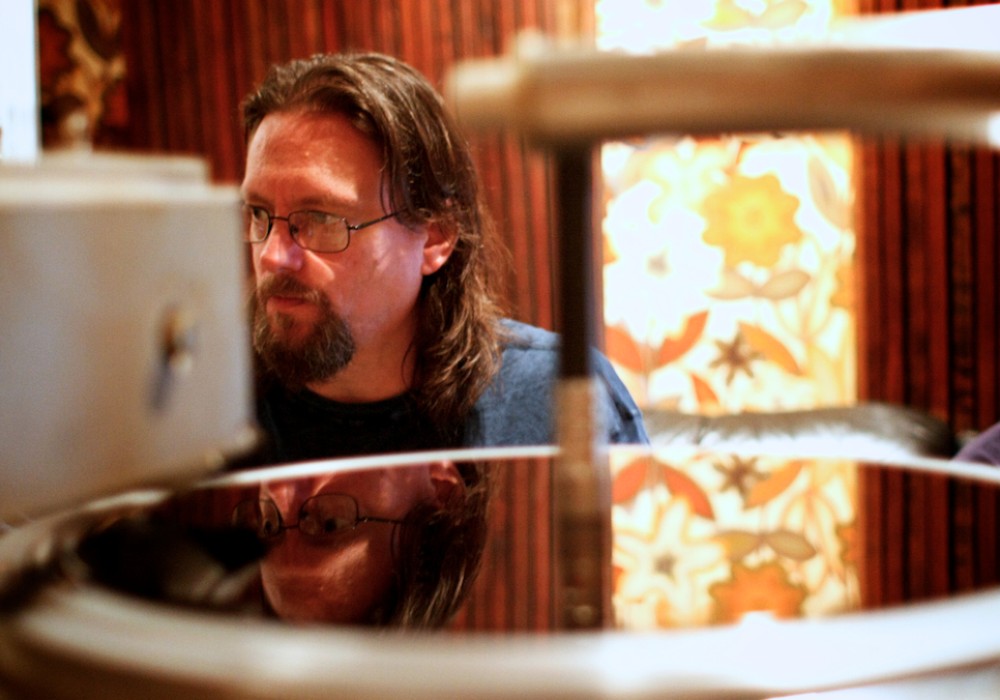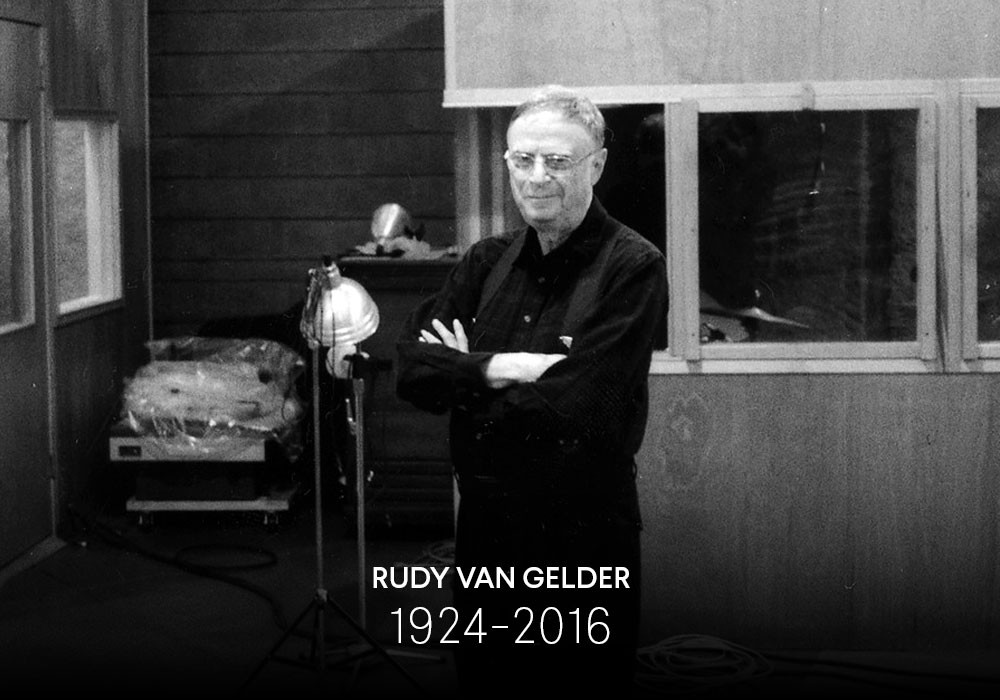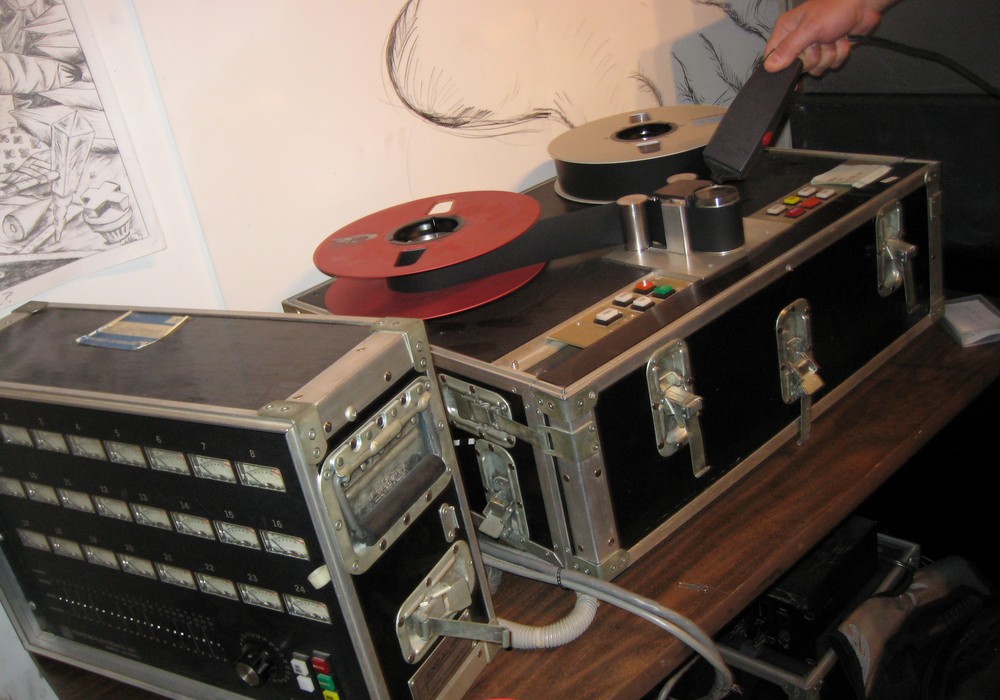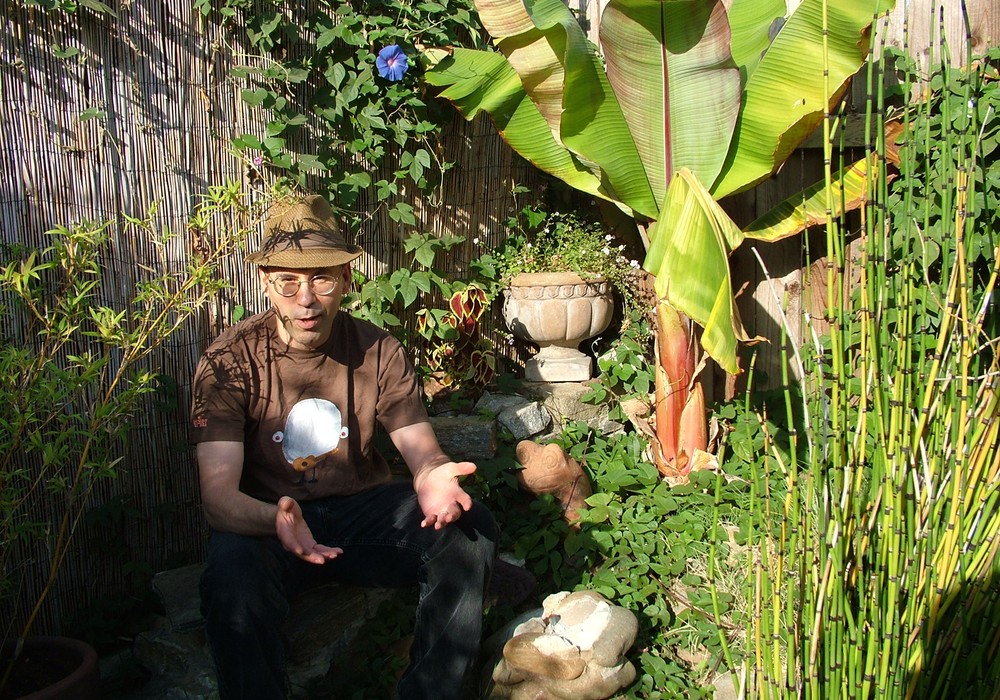We first interviewed Joe Barresi in Tape Op #23. Heck, we even spelled his name wrong on the cover (sorry again, Joe). Here’s an interview from 2010 with some more of Joe’s history and interesting thoughts about making records. -Larry Crane, editor
You helped create the sonic blueprint for what's known as "Stoner Rock" with bands like The Melvins, Fu Manchu and Kyuss. Was there ever a problem of getting good takes from the bands because they were too high? And, what's the best way of dealing with artists who are on drugs?
Just "cuz" it says stoner doesn't mean they're all stoned musicians! It's a term for sludgy, slow, drop tuned, heavy music. The "stoner" term says more about the people listening to this type of sound than the bands themselves. Most of the bands were actually clean and sober, like The Melvins. Some bands do take drugs and are stoners, but most good musicians are serious about their craft and are able to play. They sometimes need the weed or whatever to get to another "state," but usually never to a point where they can't perform. The best way to deal with artists on drugs is to not deal with them at all. It's tough when that happens. All you can do is make an effort to help get them off the drugs or remove yourself from the project and move on.
What's one of the coolest jam sessions you've heard in the studio that will probably never be released to the public?
Most Kyuss stuff, outtakes from the Queens of The Stone Age Lullabyes to Paralyze record — songs that never made the cut or were done in various forms — i.e., with horns, strings, guitar swells, acoustic versions, etc... Tool rehearsals were amazing to experience, Danny Carey [drummer] sounds like two people playing!
Will you get out measuring tape and adjust microphones to specific heights and distances?
Never. Guys who measure are "engineyes" and not "engineers!" I like to use my ears -just 'cause two mics are perfectly the same distance from a source doesn't mean they actually sound the same or are in the correct position!
At your studio, Joe's House of Compression, how often do you use the built-in automation system of your SSL console and save the passes to those big floppy discs?
All the time, but they are small 3.5" microfloppies that store all the automation and console recalls, not the audio. The audio is printed into Pro Tools.
Your live room has brick walls, what is it about brick that is alluring to you?
Reflection and diffusion. The brick reflects back, but not like a flat piece of plywood. Since it's a rougher surface, it seems like the reflections aren't as focused — i.e., more diffuse. That's not to say wood surfaces are bad. I think the varying surfaces in a room are the special places that hold sound — you use them to your advantage in how you place instruments in the room and how you mic them.
Is there an advantage (in regards to tone) to summing microphones together going to tape? Is a key to being a great producer, engineer, and mixer like you the ability to commit ideas to tape fearlessly?
Yes and yes. As a producer you have to have a vision, so committing is necessary. Multiple microphones will get you in trouble if you don't know how to combine them properly, but leaving things until later will too. How do you build a house and not have some sort of vision as to how many walls or windows there will be? If someone is mixing your tracks later and there is nothing bussed together, the hassle of figuring out what's good, bad, what you want to hear, the blends, and just track management is a pain.
How do you approach mixing a record that you've also engineered and produced?
If I recorded it and produced it, I did it in a way that it will just mix itself, hopefully. The vision is there as it's getting built up and it should be ready to be finessed in mixing — it's rare that I'd approach a track [in mixing] completely different than how it got tracked, unless I didn't track it and was completely off in my mix approach, and/or the artist didn't realize their vision when it got recorded.
How often do you use filters?
All...
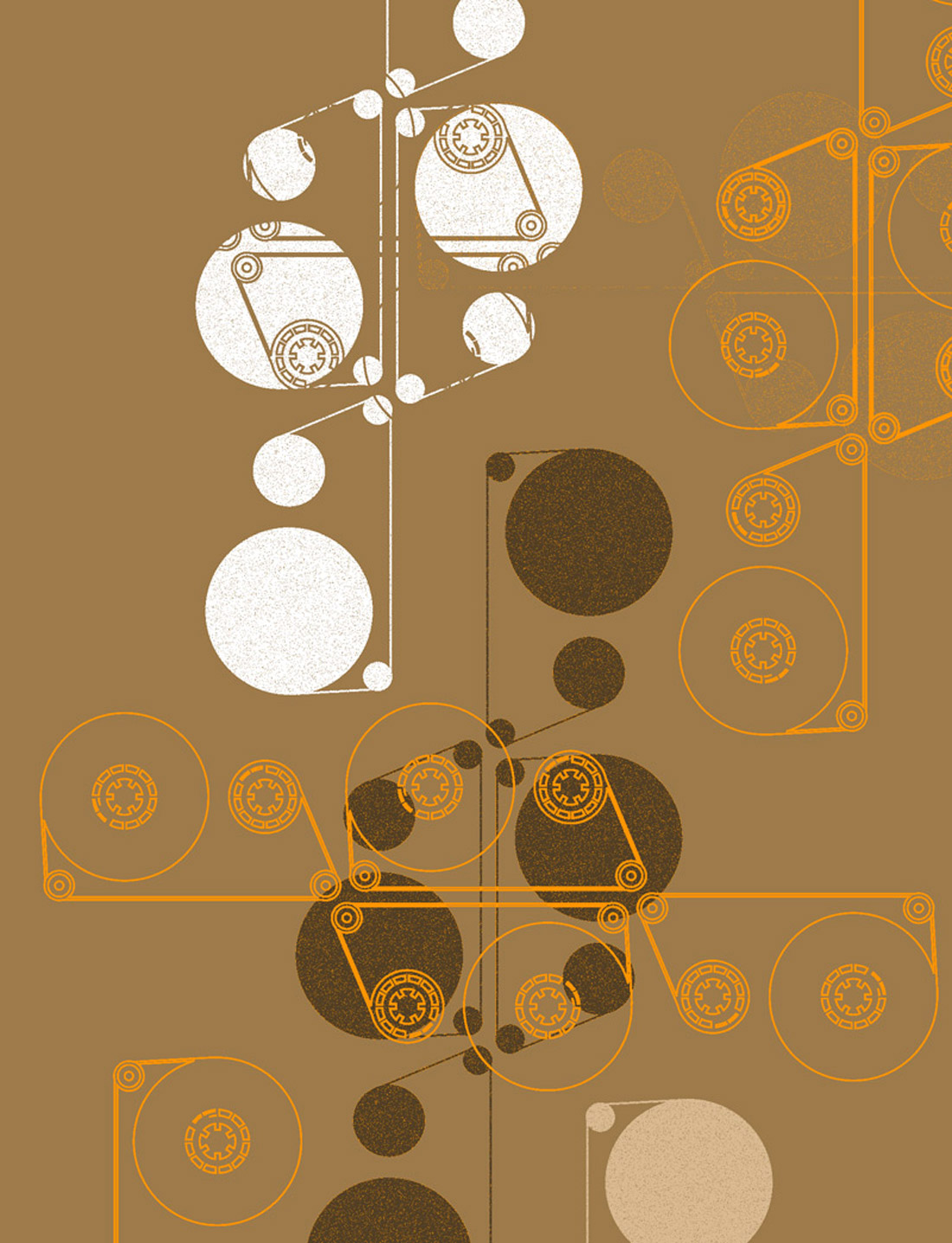

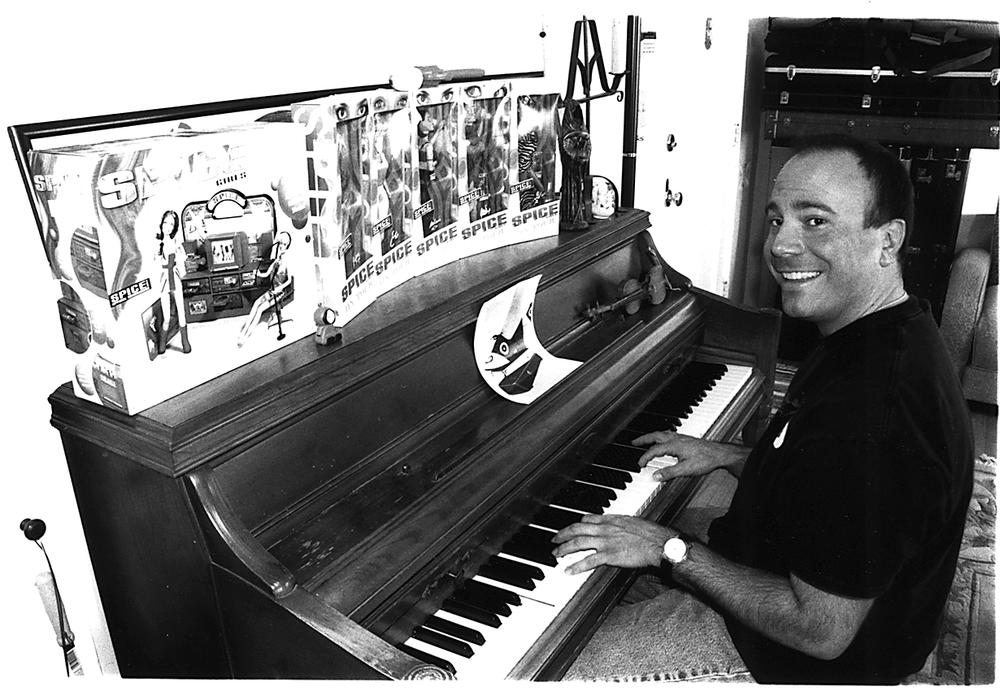
_display_horizontal.jpg)
